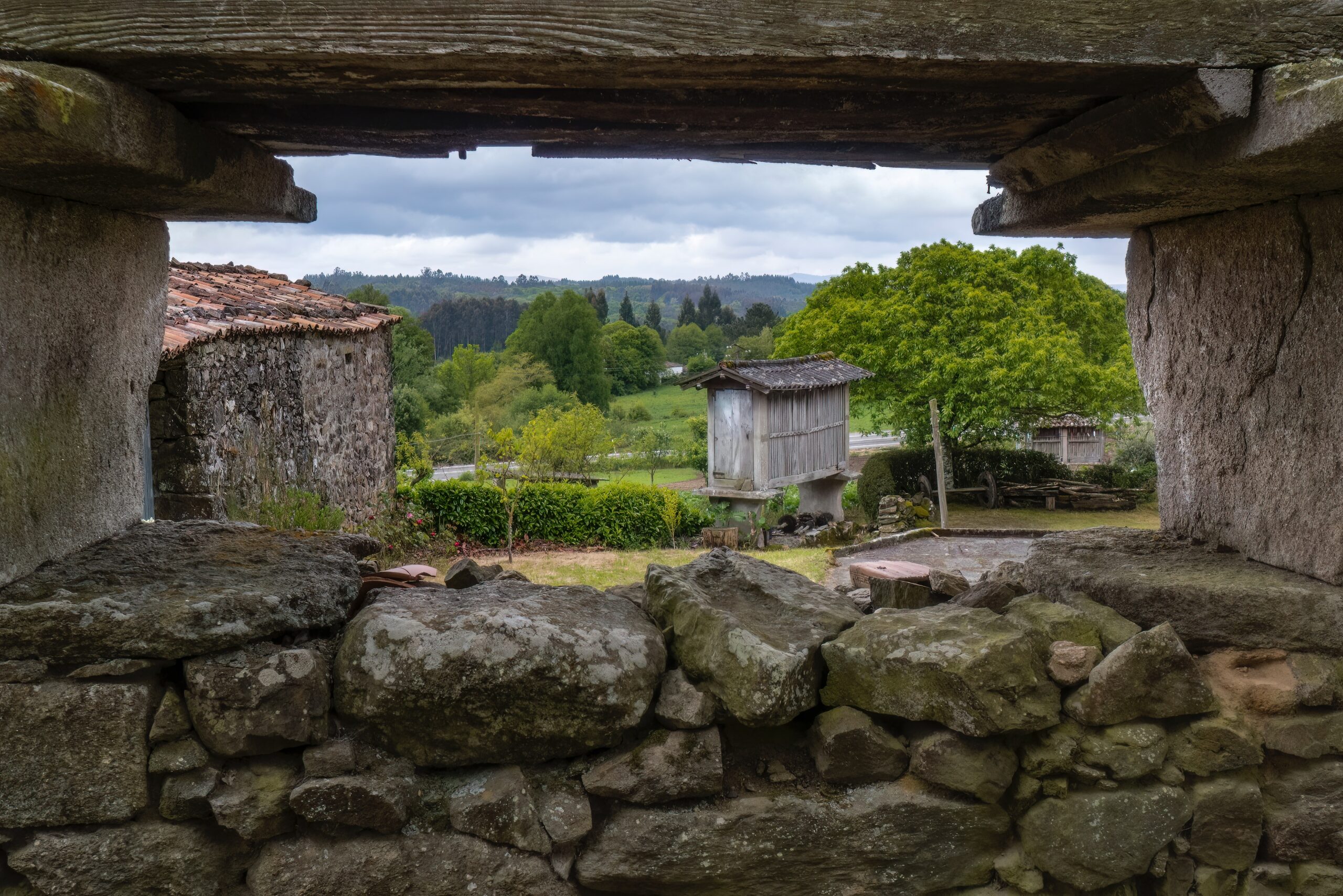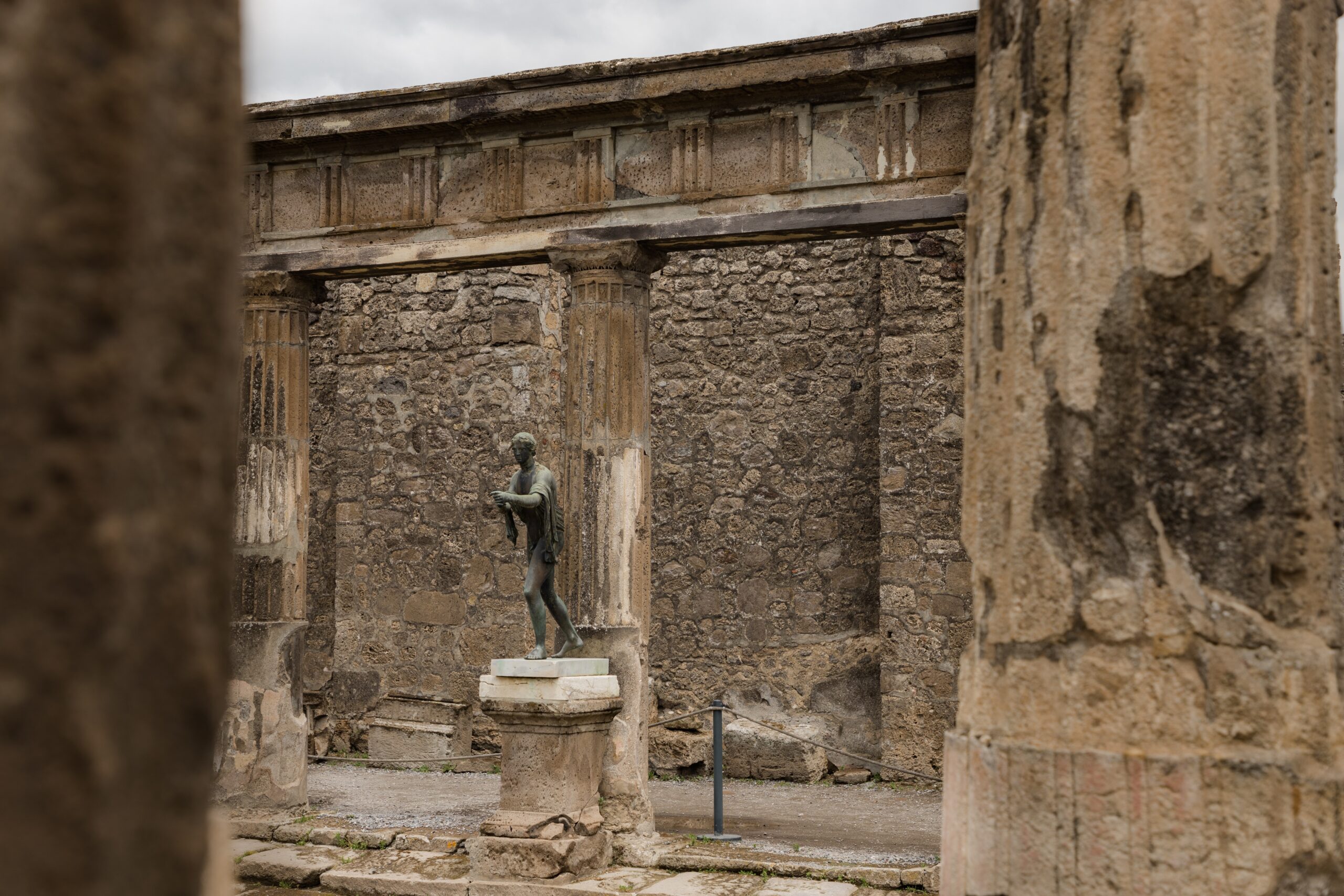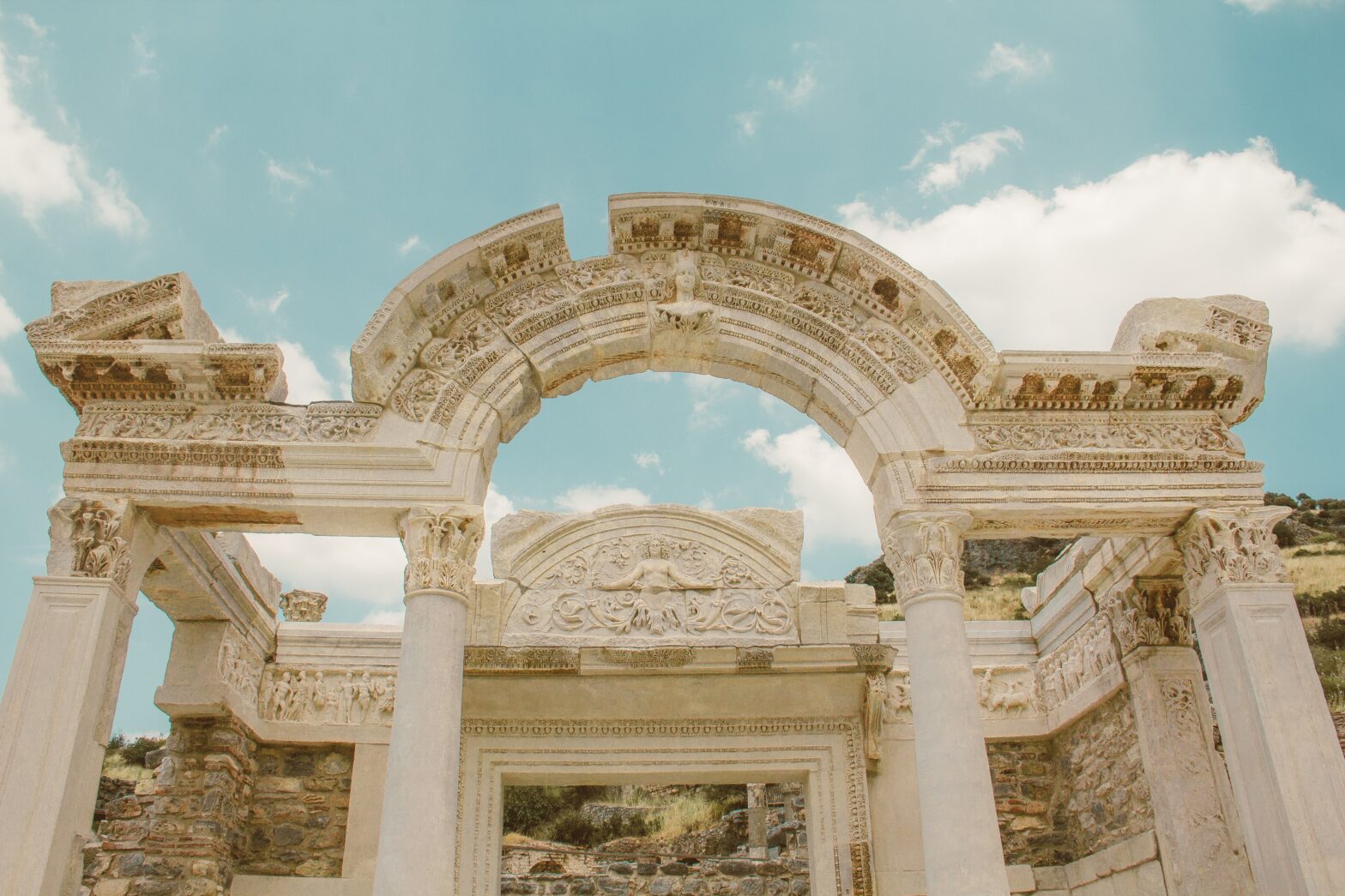Millions of people travel all over the world to witness the remnants of the Roman Empire. The Roman Empire is, to date, one of the most influential civilizations. As a culture with exponential influence and power, Rome is one of the most well-preserved cultures in history. So, it is no secret that the diverse influences and physical representations of Rome have been protected and become quite famous.
The ruins of Rome are located nearly all across the globe, so travelers can even plan their own itinerary to see some of these ruins. Every site offers a rich perspective of history and there are many Roman ruins to choose from. We’ve compiled a list below of the most enticing Roman ruins that travelers can visit. Read about the top 10 ruins that we recommend every avid traveler see in their lifetime.
The Colosseum

The Colosseum in Rome, Italy (also named the Flavian Amphitheatre) is an iconic historical site. As the name suggests, the Colosseum was built as a venue for entertainment. In order to revitalize the people, the elliptical amphitheater was built around 80 AD. It is the largest ancient amphitheater ever built and the largest one still standing. The massive arena hosted hundreds of gladiatorial games a day, dramas and even public executions in its glory days. Since the height of the Roman Empire the building has been deteriorated, partly destroyed and restored. Travelers can witness the remnants of the site, which now is one of the most popular tourist attractions in Rome.
The Amphitheatre of El Jem

This architectural gem in Tunisia, North Africa is a testament to the history of Roman Africa. The amphitheater of El Jem is one of the largest amphitheaters ever built, around 230 AD. The oval amphitheater is made entirely out of stone, unlike the majority of others. The unique attraction has been a UNESCO site since 1979 and can be viewed in the small village of El Jem. There are plenty of tours available to travelers who want to view the 131 foot tall ruins that once hosted gladiatorial games, criminal executions and even wild animal hunts.
The Pantheon

The Pantheon is one of the best preserved monuments of the Roman Empire. The former Roman temple was built around 128 AD, but since AD 609 it has served as a Catholic church. The Pantheon has a massive dome ceiling, which is its most famous feature. Tourists flock to the site to gaze upon the eye of the Pantheon (or oculus) since it is still the largest unsupported dome in the world. It is mostly made of bricks and concrete and the dome measures 142 feet in diameter. While the building is a popular tourist attraction, it is still considered sacred since it still functions as a church and even regularly hosts Catholic mass.
Pont Du Gard

Pont du Gard is an ancient Roman bridge which still stands today in southern France. The bridge was built in the first century AD and stands over the Gardon River near Vers-Pont-du-Gard in France. It is significant due to its engineering and architecture. The three tiered arches of the bridge rise to the height of 155 feet and the structure was built without mortar. Pont du Gard is open to the public and visitors are welcome to explore it on foot or via bicycle. Only tourists that want a more thorough or informational tour are subject to fees.
Lebanon Roman Temples (Baalbek)

The city of Baalbek is located in modern day Lebanon and is an important historical ruin. The massive structures in Baalbek were built over two centuries. Baalbek serves as a site of pilgrimage and has many temples that attract tourists from all over the world. The Temple of Jupiter and and Temple of Venus are popular monuments which tower above all that visit them. This site is one of the most celebrated sanctuaries of the ancient Roman world since it has some of the best preserved Roman temples ever built.
Walls of Constantinople

These defensive stone walls are protectors of the city of Constantinople, which is now in modern day Istanbul, Turkey. Constantinople was declared the capital of the Roman Empire in 330 AD. The walls were built in the 4th and 5th centuries and took nine years to build. In their height, they were four miles long and had towers 60 feet tall. The walls were impenetrable for almost a millennium until the largest cannon ever made broke through the ancient walls. Many parts of the wall still stand today and can be viewed by both private and small groups.
Hadrian’s Wall

Hadrian’s Wall was a border defense of the Roman province of Britannia. The wall is located in Northern England and was a place where both civilians and soldiers from across the world (namely, North Africa and Europe) met for trading or war. The wall ran for 80 Roman miles and its main purpose was to mark the frontier of the Roman Empire and deter invaders, but its structure also impressed outsiders of the Empire. So, it is no surprise that to this day travelers visit the wall in awe of its unique stature.
Lugo, Spain

The Roman ruins of Lugo were built in the third century to defend the town of Lucus. The walls of Lugo are considered the best preserved example of Roman military architecture. Slate, granite and stone were used to construct the grand structures which are still intact. The walls were made a UNESCO World Heritage Site in 2000 and have since drawn attention to the town of Lugo.
Merida, Spain

Merida was a major capital of the Roman Empire in Spain and has well preserved ruins. The ruins are a popular place to visit, despite its somewhat deteriorating structures. This aging is to be expected since the city was founded in 25 BC by the Romans. Travelers can view the ancient streets and buildings of Merida to experience the history of Rome. In Merida there is a Roman amphitheater, theater and temples for tourists to explore and learn about.
Pompeii

Pompeii is a large archaeological site in southern Italy that has become famous for its dramatic demise. In 79 CE the city of Pompeii was destroyed by the volcanic eruption of Mount Vesuvius that left the city covered in ash and debris. This more than nine feet cover preserved the city and saved what tourists can now view. This includes buildings and even skeletons which are discovered intermittently by archaeologists.





